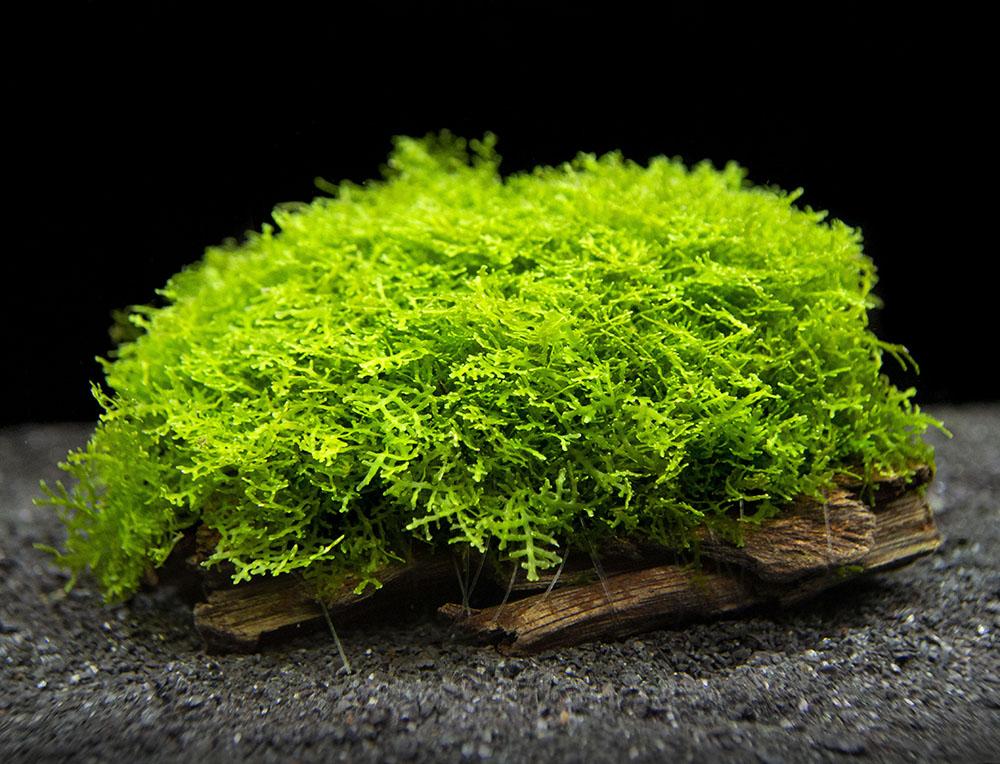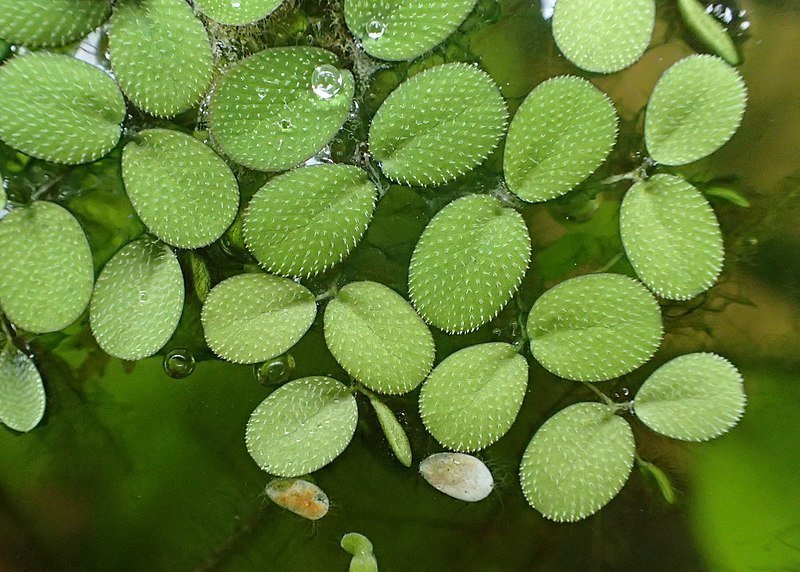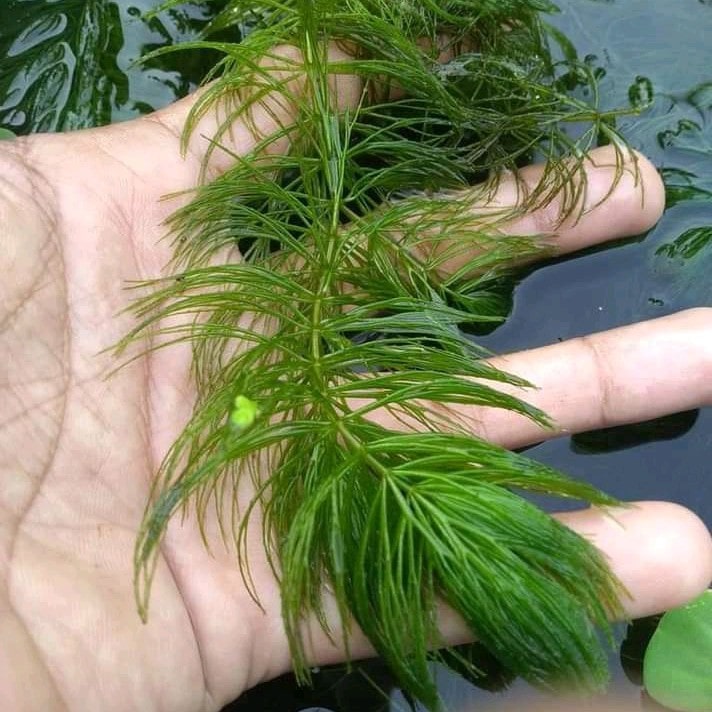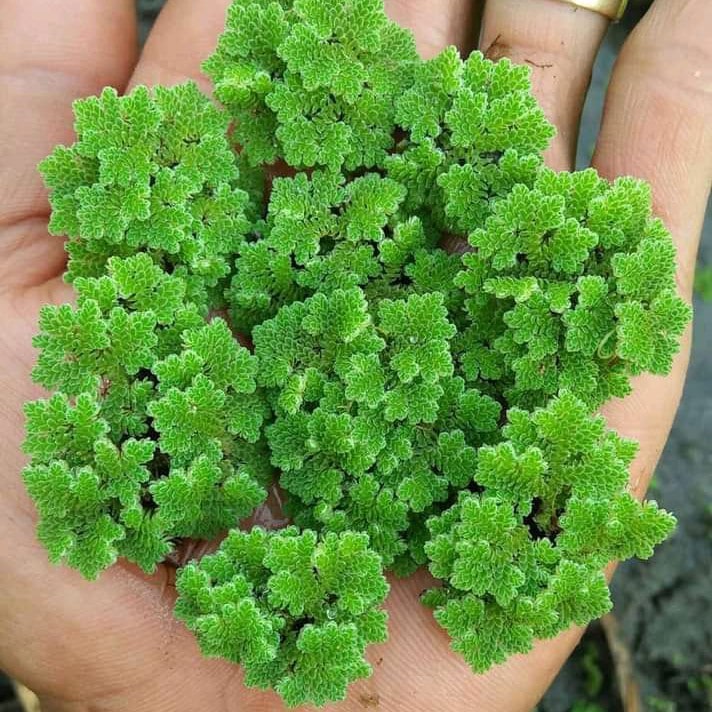Having plants inside tanks is not a new thing anymore. Most aquarists and hobbyists probably have many experiences with it already. One interesting kind of plant for aquarium keepers is floating aquarium plants.
If you want to get a different vibe from your aquarium, a bit wildlife-like perhaps, then you can consider getting one of the floaters we’re about to discuss.
Not only do they add new colors and atmosphere, but some of the plants can help you to keep the algae away. On top of that, these floaters can serve as a shelter and an additional food resource as well. How cool is that?
On the list below, you will find mostly floating plants that are easy to handle and won’t require much of your energy. So, taking care of them shouldn’t be too difficult, even if you are a rookie in the aquarium industry.
Besides the name of the floaters, we will also find out the benefits of keeping them with your aquatic pets. Let’s check them out!
Table of Contents
Advantages and Benefits of Floating Aquarium Plants
It’s hard to not talk about the good things when talking about floating aquarium plants. They have plenty of qualities that can make your aquarium-keeping journey more fun and easy.
And the best part is that those qualities outweigh the bad traits. If there are any.
We have named a few benefits from having floating plants in your tank, but on the list below we have more good news you need to know.
Natural Appearance
On the rivers or just wild waters in general, you may often see plants covering the water surfaces. And that’s the purpose of adding floating plants inside house tanks. To make the tank looks like the fish’s natural habitat!
By putting some floaters, you can see a bit of water wilderness inside your house. Besides, it will also make the critters feel comfortable and more at home since the tank is mimicking their natural habitat.
Delicious Healthy Snack Source
Many types of aquatic creatures love to snack or nibble on plants. The floating plants can serve your critters as one of the alternative food sources.
If your fish are surface swimmers, floating plants are perfect for them. They can easily swim through the roots or stems, which can also be fun for them while snacking.
Besides, the floating vegetation can help provide additional nutrients for your critters. They can help keep your pet’s diet balanced. And on some plants, there might even be invertebrates, which are a tasty snack for some creatures.
Grows Quickly and Low Maintenance
We have said it earlier, and we will say it again. Most of the floating plants are low maintenance. They don’t need you to have your eyes on them very often. They won’t make your fish-keeping journey into a plant maintenance journey. Fun, right?
And as we know, your fish might feed on the plants. But that should not be a concern. In fact, it is good for some of the plants.
Floaters grow and spread quickly, so even if the critters snack on them frequently, that’s totally fine. It’s like a win-win solution. Your fish get some snacks, and your plants get free trimming. You also don’t need to think about propagating them as they will do it themselves.
However, don’t just rely on your fish for keeping the plants under control. It will be wise to pluck out some of the new plants to prevent overcrowding. It’s also to make sure that your fish and underwater plants are sufficiently exposed to lights.
Provides Coverage and Shade

Some fish of yours might come from waters that are densely populated by plants. And the other might be a bit shy and prefers to hide to not attract attention.
For that reason, including floating plants in the tank can be an option to make your fish feel more comfortable. The plants can act as shelter for the aquatic animals that seek refuge. On top of that, some top swimming fish like Betta as well as Dwarf shrimp can make use of the floaters.
It can also provide coverage for your aquatic pets and submerged plants that don’t like intense lighting. But if you have water creatures that need a lot of lights, make sure to make up some space for the lights to get through the water.
Natural Filter
Another benefit the floaters provide is that they can help keep good water chemistry. So, they serve as an additional filter in the tank.
Uneaten fish food and bioloads will accumulate if left too long in the tank. That will result in rising ammonia and nitrate level in the water, which is bad news for the living creatures in the aquarium.
That’s why you need to perform water changes regularly. Otherwise, the bad chemicals will poison your fish and can be fatal.
However, the floating aquarium plants can act as a backup filter and help you reduce the harmful stuff from the water. Therefore, they improve the water conditions and you may not have to change the water as much or as often as you had to.
Oxygen Producer
In nature, plants are partially responsible for oxygen regulation (together with waves or moving currents). In tanks, it will be not much different.
Water filtration must be present in the tank, of course, to generate water circulation to produce oxygen. And if you have plants inside, they can help produce extra oxygen for the tank inhabitants!
The plants will take in CO2 during daylight and release oxygen at night time. Fish and other critters will benefit from the additional oxygen since it will make them breathe more easily. Besides, well-oxygenated water can prevent the rapid accumulation of toxins in it.
Best Floating Aquarium Plants to Start Your Fishkeeping Journey
After knowing about the advantages you can get from the plants, you may admire and want some of them. Now you can find one that suits you best. Here are some famous floaters you can consider including in your tank.
Hornwort (Ceratophyllum demersum)
This species is a bit different from other floating plants. You have the option to let them loose and float around freely or have them planted under the substrate. Besides, this British native plant has some qualities that can attract many aquarium keepers, beginners, or advanced.
Its green coloration can brighten up the whole tank’s atmosphere. The leaves are thin, slender, and needle-like, it can perhaps remind you of pine tree leaves. Hence, this plant can act as a good filter in your aquarium.
In addition, the plant also produces oxygen and provides a hiding spot for your tank inhabitants. You can also catch your fish nibbling on the plant sometimes.
Hornwort doesn’t require high maintenance and is relatively easy to care for. But there’s one thing you need to remember as a mental note. Hornwort grows very rapidly, and so you will have to trim the plant frequently. The aquatic plant can reach the length of six-foot (some even say 10 feet!).
Apart from that, the plant won’t need any other special treatment. It’s hardy and can tolerate a wide range of water parameters. The ideal temperature for them to thrive is 69-86°F. Water pH of 6-7.5 will be tolerable, and the hardness should be between 5 and 15 dGH.
Mini Pellia (Riccardia chamedryfolia)

Also known as The Coral Moss, this liverwort can make your tank look more lively since it has a beautiful deep color and yet a delicate look. Some say it is an alternative to the top-tier aquatic plant, Java Moss.
At first, Mini Pellia will just stay at the surface of the water. But as it grows denser and heavier, it will eventually sink. Once this plant’s submerged, it will easily attach itself onto driftwoods, rocks, or substrate.
The Mini Pellia is a slow-growing plant. You will need patience if you decide to grow this moss-like plant in your tank. But it will be worth it! You might even notice that the plant will slowly cover the whole substrate and create a lovely lush carpet.
If you keep shrimps in your tank, the Coral Moss could be the best suit for you. Shrimps love to use this plant as a shelter as well as a snack.
It’s also ideal to grow this liverwort if you plan to breed your shrimps. That’s because the plant thrives best in low temperatures ranging from 65 to 77°F, even though it’s originally from Southeast Asia. Within this temperature, the chance of bacterial infections is lower.
To care for the Mini Pellia is relatively easy. It doesn’t require any special treatment, although they will benefit from CO2 supplementation. It also needs low to moderate lighting, not too strong. As for the pH level, 5 to 7.5 is best for the plant to grow. Other than that, you just need to make sure that your aquarium is well maintained.
Anacharis (Egeria densa)
Anacharis is one of the most common floating freshwater aquarium plants out there. They are pretty easy to maintain, making them a beginner-friendly plant. Like Hornwort, this plant can either float freely or be planted to the substrate.
A fun fact about this plant is that it can emerge and sink depending on the time and temperature of the day. When there’s sunlight and it’s warm, Anacharis will rise to the water surface. If the temperature gets colder, it will then submerge into the water again.
Another thing is that this plant is perhaps the best aquatic plant you can get if you house goldfish. Goldfish will happily nibble on the leaves. But no worries, Anacharis will grow back very fast. Even if your goldfish uproots it, no problem. The plant can still live healthily while floating around.
Another quality this plant is well-known for is its ability to oxygenate the water and live in a wide range of water temperatures.
To make sure they thrive, the ideal water temperature should be between 60 and 82°F. The lighting they need is low to moderate. And that’s basically it. If you take good care of them, or in the summer if they’re in the wild, white flowers will bloom from the plant.
Water Spangles (Salvinia Minima)

Another popular floating freshwater plant is Water Spangles. This plant is indigenous to Central and South America and grows on still waters.
They have a beautiful green color and textured leaves, as well as long dangling roots. If you have a shallow tank, these roots might annoy your fish a little bit when they swim.
Water Spangles are famous not without any reason. This floating aquarium plant is hardy and can survive in many water conditions. They can also help prevent algae growth since they extract supplements in the water column.
Besides, they can be the ‘roof’ for your fish that doesn’t like sunlight. They also serve as a good snack source for fish and shrimp. But if you own other plants that require lights, taking some of the plants out frequently is essential. Water Spangles spread rapidly and will cover the entire water surface in a short amount of time.
Although the Water Spangles can tolerate various water conditions, they will thrive best in a specific temperature and pH level. The best temperature is between 69 and 85°F with a pH level ranging from 6.0 to 8.5.
Other than that, Water Spangles is relatively easy to maintain. You don’t need to provide additional nutrients like fertilizer or CO2 supplements.
Mosquito Fern (Azolla filiculoides)
Next up on the list is the Mosquito Fern. Why is it called so? This type of fern floats on the waters and can cover up the surfaces completely, preventing the mosquitoes to lay eggs there. It’s a sort of natural mosquito repellant.
Azolla is native to California (North America) and still can be found in the wild all the way to Central America.
In terms of size, the plant is quite tiny. It starts as small as ¼ inch, but grows and propagates very quickly. We mentioned that it can cover the entire water surface. So, if you have underwater plants, you will have to make rooms so that lights can touch the submerged plants.
Besides removing some of the plants regularly, you don’t need to pay extra attention to this mosquito repellant. CO2 supplements and fertilizer are not necessary. This fern is up there on the list of easy plants to care for. It also absorbs nitrogen and phosphorous from the water, which is a great way to stay away from algae.
However, just like any other water species, the Mosquito Fern thrives best in certain water conditions. It prefers still or slow-moving water, so in-house tanks are just fine for them. The floating fern tolerates temperatures between 59° to 80.6°F, they like water on the warmer side. As for the lighting, it would be medium to bright light. Intense lighting, however, will turn the green leaves into red coloration. But don’t worry, that’s normal.
Floating Bladderwort (Utricularia gibba)

If you want to add some colors inside your tank, you might want to get this plant. The Floating bladderwort will grow tiny bright yellow flowers if they receive enough lighting. Besides, they are not difficult to care for and you can find them everywhere in the world (except Antarctica).
This floating plant is also a bit more unique than the other plants on this list. Floating Bladderwort is a carnivore plant! But don’t panic, it won’t eat your fish or the other aquarium residents.
This aquatic plant eats microorganisms and zooplanktons instead. It also extracts nutrients from the water column. So, the fishes are completely safe.
In terms of appearance, the Floating Bladderwort has thread-like and branching stolons that can grow as long as 8 inches (20 cm). The inflorescences can also get pretty tall, up to 8 inches in height. To prevent overcrowding in your tank, you can take out the new plantlets and you’ll be fine.
You don’t necessarily need any extra care or supplements for the bladderwort. However, there are some water requirements you need to fulfill.
They prefer acidic and soft water. In the wild, floating bladderwort thrives in waters that is poor in nitrogen and phosphorous. A wide range of temperatures is tolerable. But somewhere between 65° to 75°F will be ideal. And lastly, for their care, medium lighting is required. Partial to full sunlight is best for them.
Tip: When choosing a floating plant, try to find one that has similar requirements as the critters in the pre-existing tank. There are several things you need to take into account before deciding which plant to get. Those factors are water parameters (temperatures, pH, water hardness), water current, lighting requirements, tank size, and nutrients supplements.
Final Words
Floating aquatic plants can be a nice addition to your aquarium journey. But before getting one of them, make sure to do some research so they will suit your current or future tank environment.
Other than that, most floaters are hardy and easy to maintain. Some may even be harder to kill even if you tried. Therefore, if you are a beginner aquarists, floating aquarium plants might suit you well.
Besides, they also provide many benefits for you and your aquarium livestock. That being said, we hope you get some new insights and references about floating plants for your tank. We wish you a successful aquatic plant journey. You can tell us your (new) favorite floater in the comment section below!









